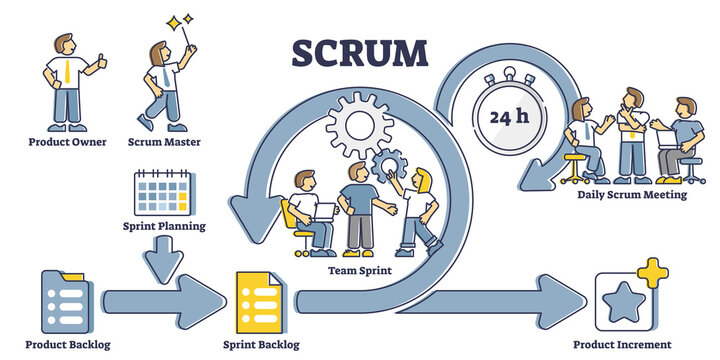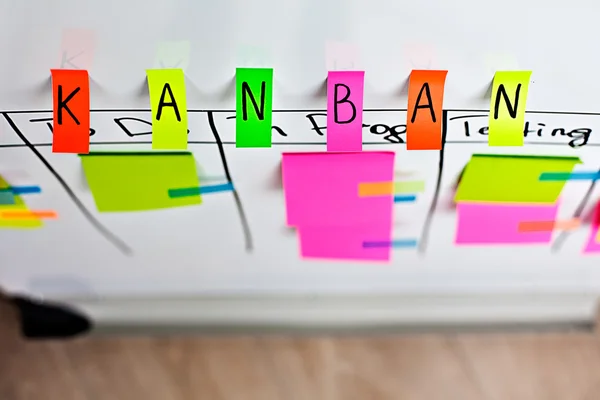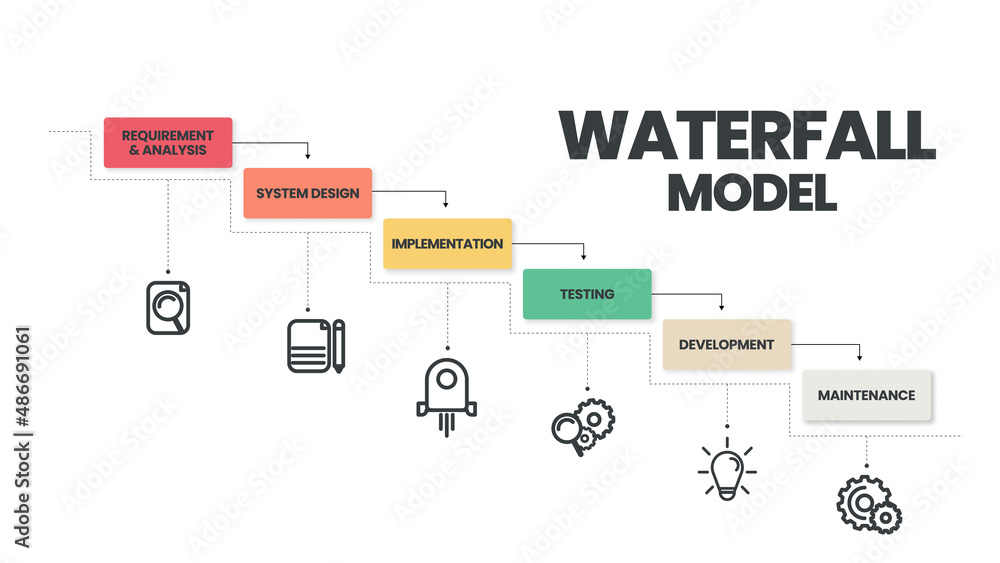There isn't a one-size-fits-all answer to the "best" methodology for Android app development, as it depends on various factors such as the project requirements, team size, project timeline, and the complexity of the application.
When delving into Android App Development Solutions, it's crucial to choose the right methodology for efficient and successful outcomes. Various methodologies are available, each catering to different project needs.
However, there are a few commonly used methodologies in the software development industry, and you can choose one based on your specific needs. Here are a couple of popular methodologies:

1. Agile Development:
Agile Development is a flexible and iterative software development approach emphasizing adaptability and collaboration. It breaks down projects into small, manageable increments known as sprints, typically lasting a few weeks.
This methodology encourages continuous feedback and allows for adjustments throughout the development process. Agile's focus on delivering functional and valuable features in short cycles promotes efficient and customer-centric development.
It has become a widely adopted methodology for its ability to handle evolving requirements and enhance overall project transparency and communication.
Advantages:
- It enables adaptability to changing requirements, fostering a responsive development process.
- Collaboration is a key strength, as cross-functional teams work closely throughout the project.
- The iterative nature of Agile ensures continuous improvement and the delivery of potentially shippable increments at the end of each sprint.
- Regular feedback loops enhance product quality, and the emphasis on customer satisfaction results in a more customer-centric development approach.
Best Suited For:
- Agile Development is best suited for projects characterized by evolving requirements and a need for flexibility throughout the development process. It is particularly effective in dynamic environments where responsiveness to change is crucial.
- Agile's iterative and collaborative nature makes it well-suited for projects that prioritize continuous improvement, customer feedback, and the delivery of functional increments at the end of short development cycles.
- This methodology thrives in situations where adaptability, transparency, and customer satisfaction are paramount goals in the software development lifecycle.
2. Scrum:
Scrum, a subset of Agile Development, is a project management framework offering a structured yet flexible approach. Organized into fixed-length iterations called sprints, usually lasting two to four weeks, Scrum promotes incremental development.
Key ceremonies, including sprint planning, daily stand-ups, and sprint reviews, ensure team coordination. Its transparent nature and adaptive planning contribute to project success.
Scrum is well-suited for medium to large projects with stable teams and a clear product vision, fostering collaboration and delivering valuable software in iterative cycles.
Advantages:
- Its structured framework enhances team collaboration and communication, fostering a cohesive working environment.
- The use of fixed-length sprints ensures regular, tangible deliverables, promoting a steady project pace.
- Transparent processes, facilitated by ceremonies like sprint planning and reviews, enable effective tracking of progress.
- Adaptive planning allows for flexibility in responding to changes or feedback promptly.
- Scrum's emphasis on continuous improvement and a clear product vision makes it well-suited for medium to large projects, ensuring efficient development cycles and successful outcomes.
Best Suited For:
- Scrum is best suited for medium to large-sized projects that require a structured yet flexible approach to software development. It is particularly effective in situations where there is a clear product vision and stable teams.
- Scrum's use of fixed-length iterations, or sprints, encourages incremental development and regular reviews, making it well-suited for projects with defined goals and timelines.
- The framework is beneficial for fostering collaboration among cross-functional teams, ensuring transparency in project progress, and delivering valuable software in iterative cycles.
3. Kanban:
Kanban, a visual management method, streamlines workflow by emphasizing a continuous and steady delivery of tasks. With a focus on limiting work in progress, Kanban ensures that teams efficiently manage their resources.
Tasks move through a visual board, providing transparency and aiding in prioritization. Its flexible approach allows for real-time adjustments, making it ideal for projects with varying task priorities and a need for constant adaptation.
Kanban's simplicity and emphasis on a smooth workflow contribute to improved efficiency and delivery in software development.
Advantages:
- Its visual nature provides clear insights into work progress, fostering transparency. By limiting work in progress, teams optimize focus and enhance overall efficiency.
- The flexible and adaptive nature of Kanban accommodates changes in real-time, making it suitable for dynamic projects.
- The continuous flow of tasks ensures a steady delivery of value, and the emphasis on prioritization aligns with evolving project needs.
- Overall, Kanban promotes a streamlined workflow, responsiveness to change, and efficient resource utilization.
Best Suited For:
- Kanban is best suited for projects that require a continuous and steady flow of work. It is particularly effective in situations where task priorities may change frequently, and there is a need for real-time adaptation.
- Kanban is ideal for teams that value flexibility and want to manage work in progress efficiently.
- Projects with varying task priorities and a focus on minimizing bottlenecks can benefit from Kanban's visual approach, allowing teams to streamline workflow, prioritize tasks, and respond promptly to evolving project needs.
4. Waterfall:
Waterfall is a traditional software development methodology that follows a linear and sequential approach. It involves progressing through distinct phases, such as requirements gathering, design, implementation, testing, deployment, and maintenance, in a fixed order.
Each phase must be completed before moving to the next. While Waterfall is straightforward and easy to understand, it may face challenges in accommodating changes once a phase is completed.
It suits projects with well-defined and stable requirements but may lack the flexibility needed for more dynamic or evolving development scenarios.
Advantages:
- Its sequential nature provides a structured and easy-to-follow process, making it suitable for projects with well-defined and stable requirements.
- The clear delineation of phases allows for detailed planning and documentation at each stage.
- Additionally, Waterfall is often preferred for smaller projects with straightforward objectives, where changes during development are minimal.
- Its simplicity and predictability can contribute to easier project management and client communication, ensuring a methodical progression through the development lifecycle.
Best Suited For:
- The Waterfall methodology is best suited for projects with well-understood and stable requirements.
- It is particularly effective in situations where the project scope is clearly defined, and changes during development are expected to be minimal.
- Waterfall is also suitable for smaller projects with straightforward objectives, where a sequential and structured approach can facilitate detailed planning and documentation.
- However, it may not be the best choice for projects with evolving or uncertain requirements, as it lacks the flexibility to accommodate changes once a phase has been completed.





No comments yet